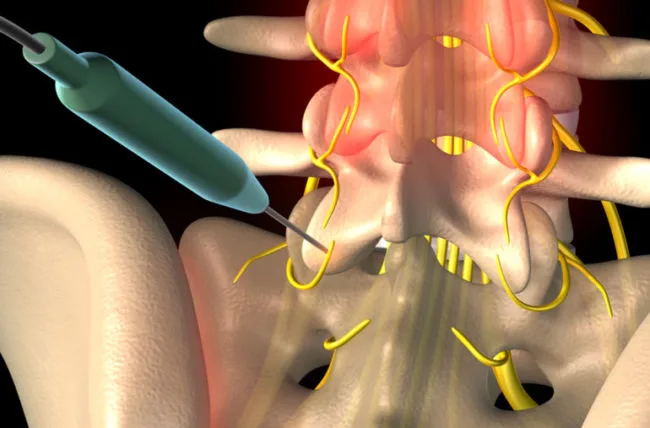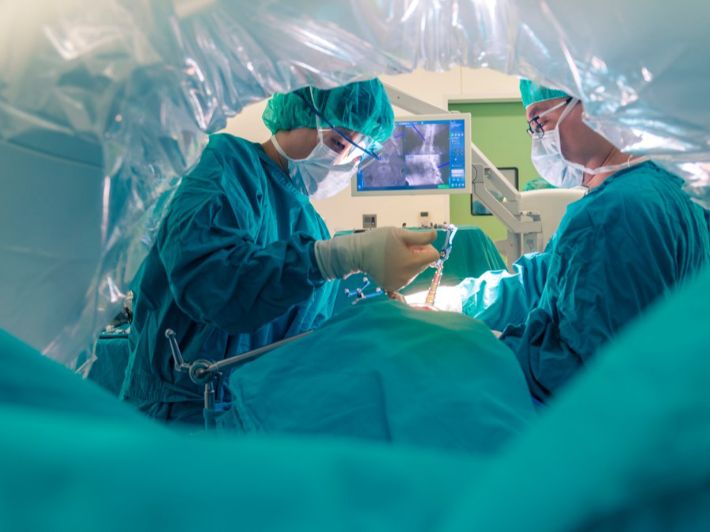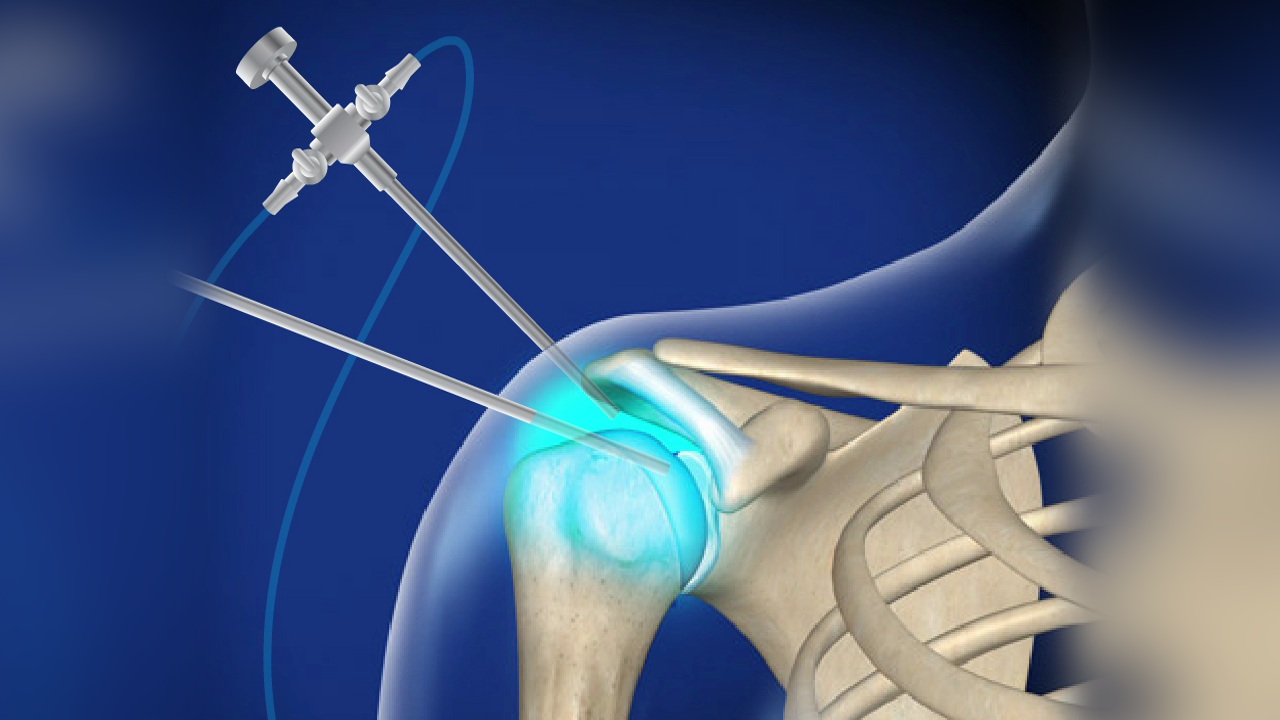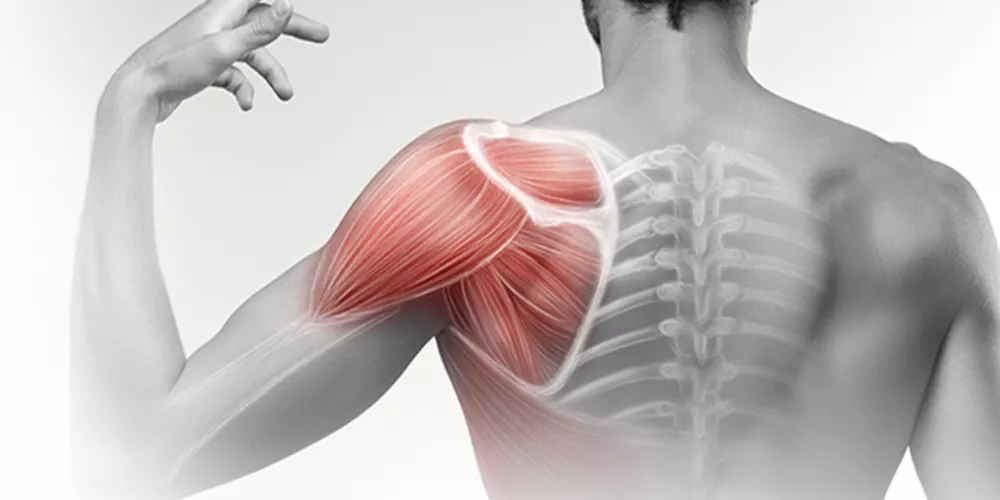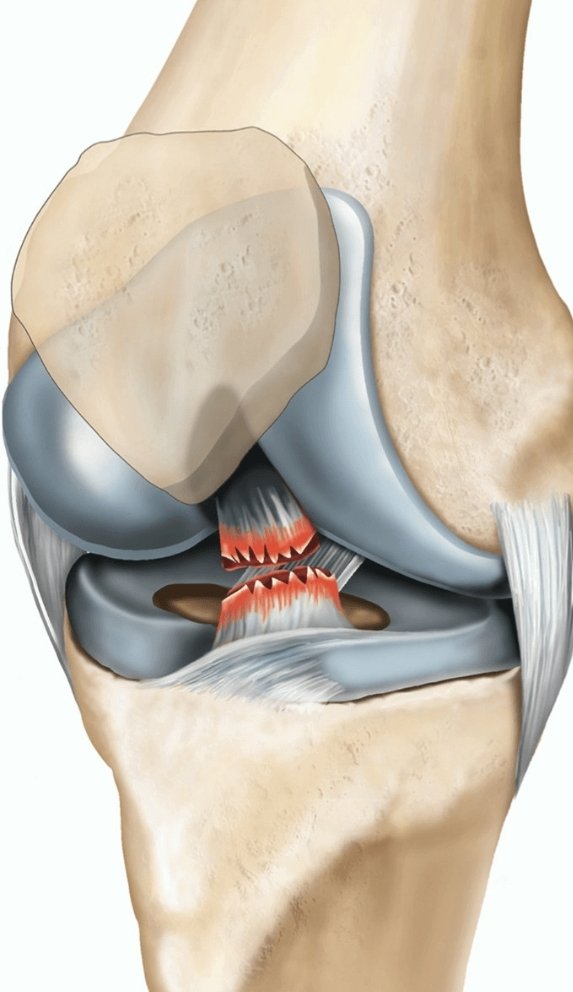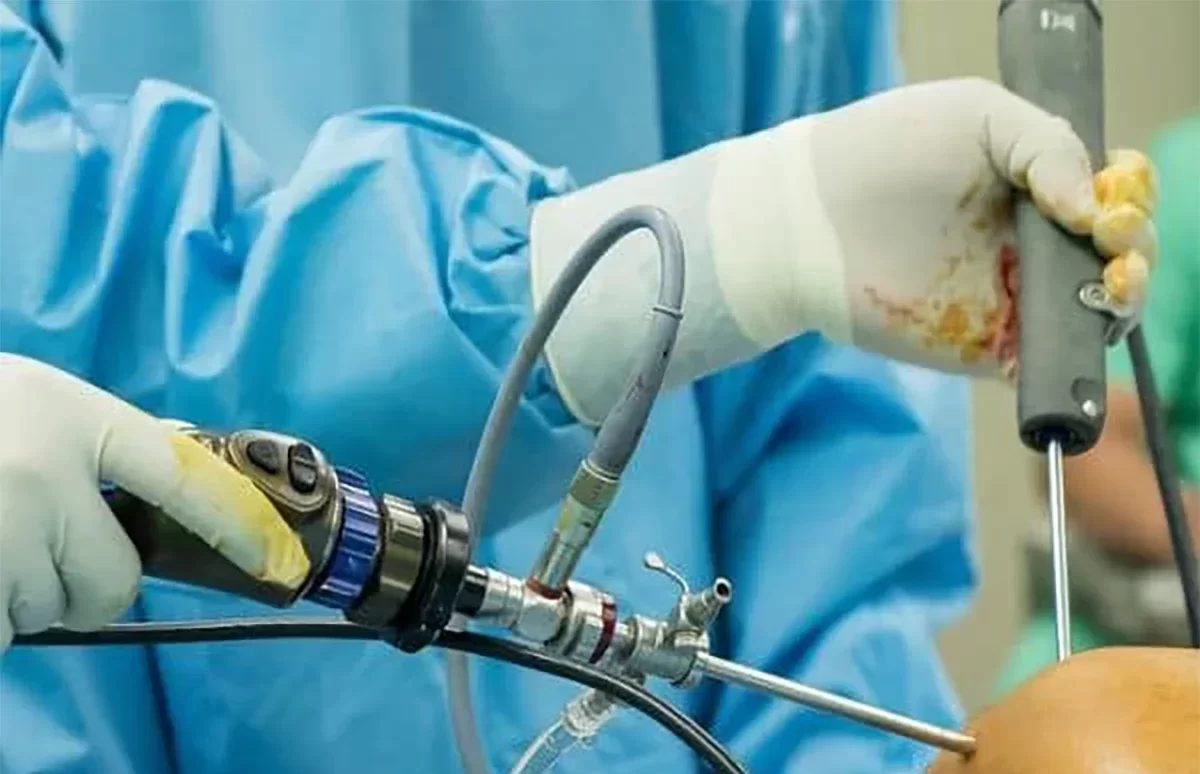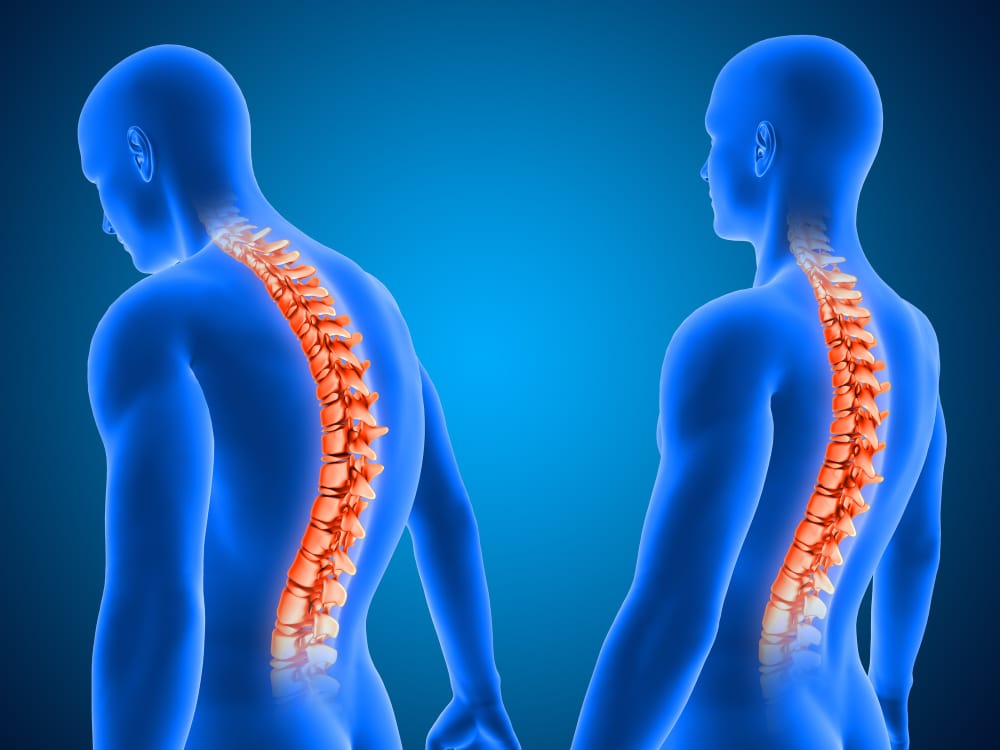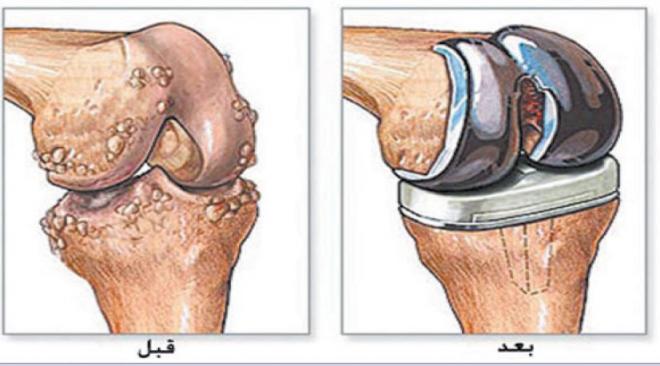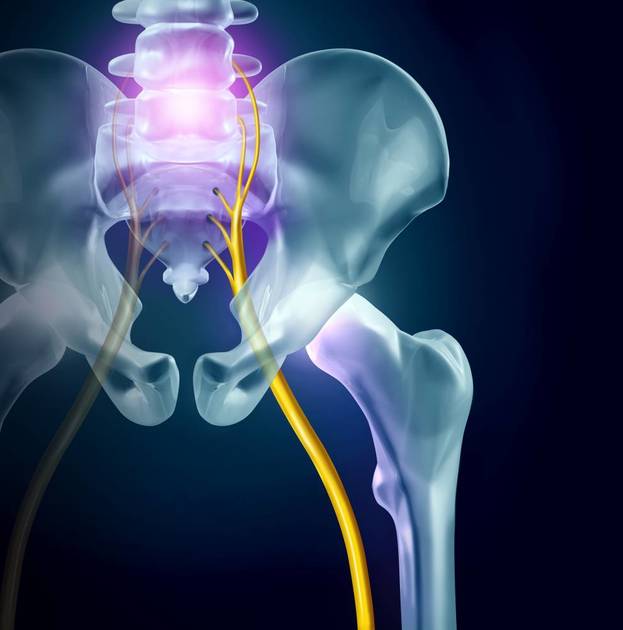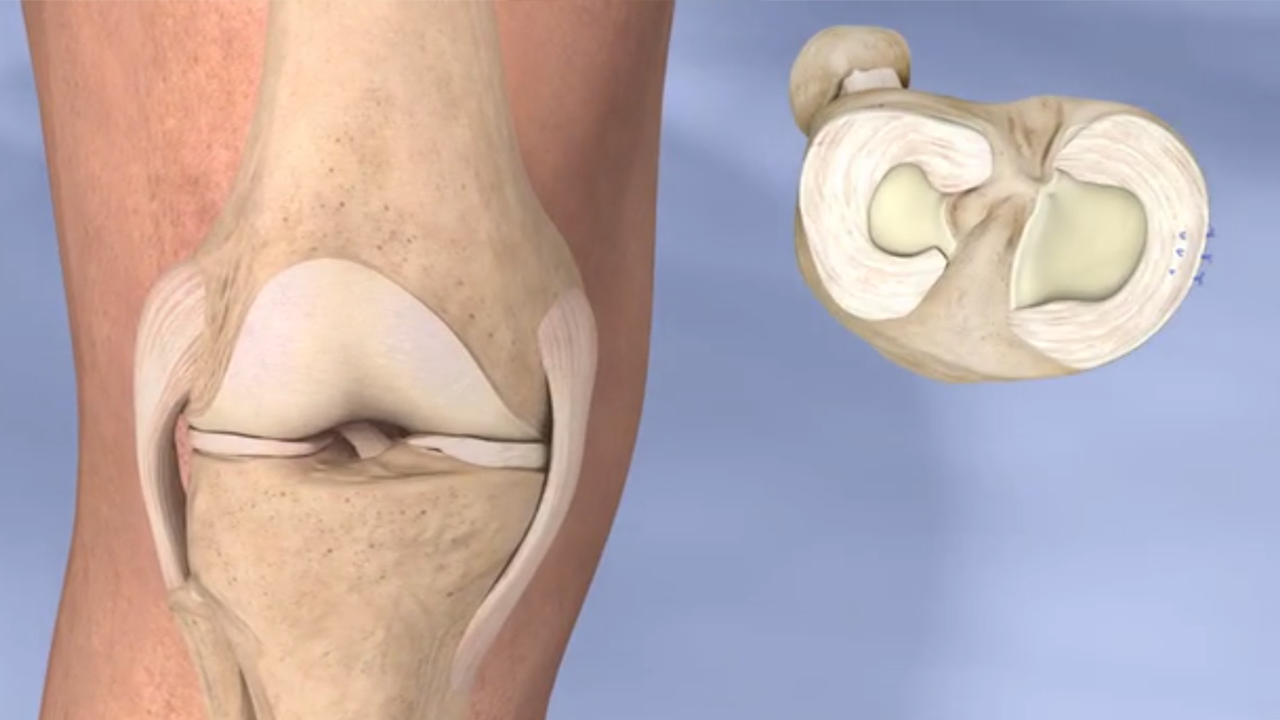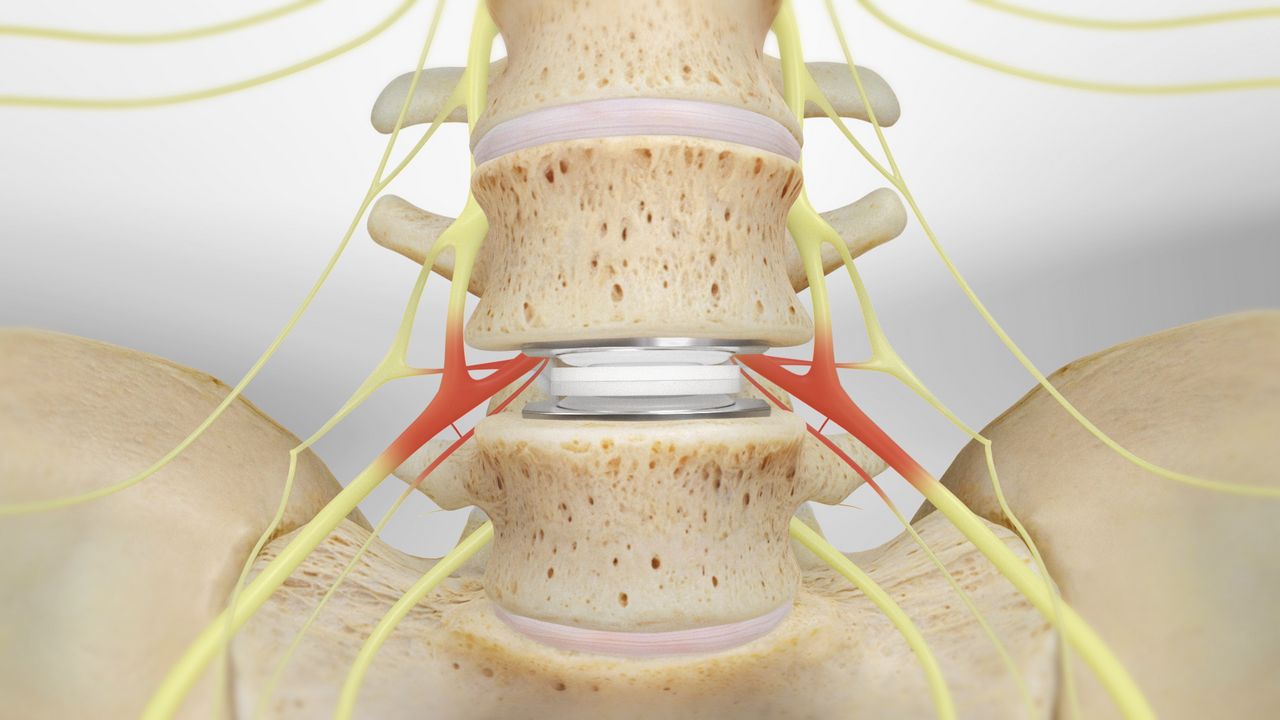Spinal Nail Procedure
Spinal nail procedure, are you suffering from a fracture in the femur or leg bone? Do you want to return to your normal life as soon as possible? If so, treating the broken bone using a spinal nail may be the ideal solution for you. Learn more about the spinal nail procedure and how this intervention helps fractures heal quickly and affordably.
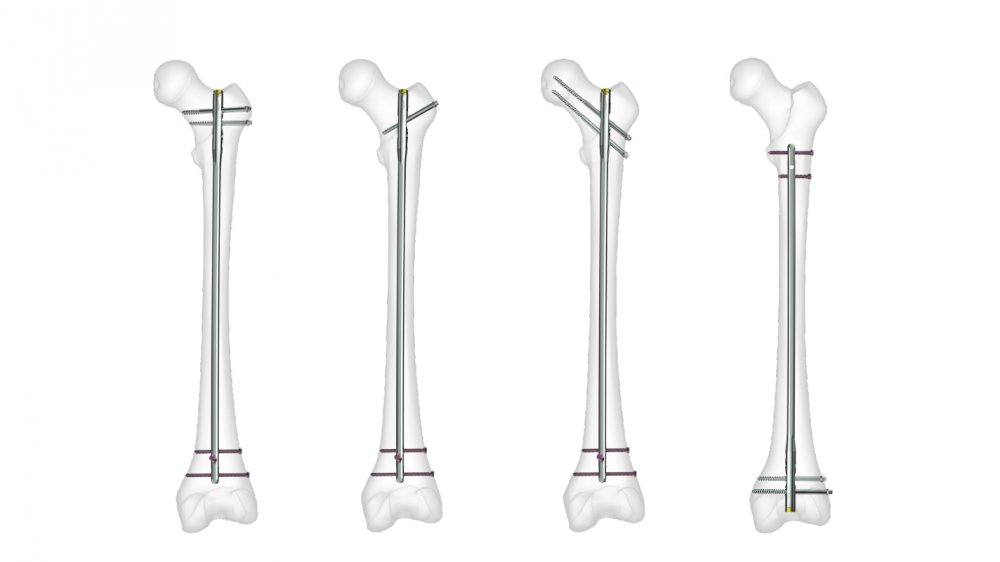
Spinal Nail Procedure
The spinal nail procedure is a simple surgical operation in which a nail is inserted into the fractured bone to stabilize it and facilitate the healing process. Spinal nails are typically used to treat severe fractures in the limbs and are considered ideal treatment for injuries that need long-term stability and fixation.
This procedure can also be performed on children, although it is customized for specific cases. Precautions must be taken and the treatment’s suitability for the child must be ensured. Regarding how long does the recovery period take to remove the spinal nail, the ideal time to do so is determined when bone growth is complete, the patient’s condition has improved, and that depends on the development of bones in the whole body, not just where the nail was implanted.
Overall, the spinal nail procedure shows a high success rate. Over time, the body works to grow bone tissue around the nail to further support the fractures. Being able to walk is the normal activity that a patient can resume after successful spinal nail implantation. The presence of a spinal nail is considered an effective surgical solution for a number of different conditions, and you should consult with your orthopedic surgeon to determine if this method is best for treating your fractures.
“Live your life freely! Get your movement back and have fun with activity again thanks to Dr. Amr Amal’s effective interventions for treating bone fracture problems.”
What is a spinal nail?
Spinal nail: it is a surgical procedure used to treat spinal column problems, specifically stabilizing the vertebrae near the spinal cord. This is done by inserting a nail, often made of metal, into the two vertebrae adjacent to the spinal cord and fixing them together. This procedure is used for several purposes, including treating spinal fractures, correcting spinal deformities, and stabilizing vertebrae after tumor removal at the spinal level.
The spinal nail helps reduce excessive movement between adjacent vertebrae and securely stabilizes them, which can relieve pain and improve spinal stability. The spinal nail procedure is usually done under general anesthesia and requires meticulous surgery that needs specialized surgical skills.
How is the spinal nail procedure performed?
The spinal nail procedure is performed after anesthetizing the patient and making an incision at the bone location to be fixed. The nail is inserted into the spinal canal and the movement of the spinal nail is tracked by x-ray to ensure it is secured correctly. The patient remains under general anesthesia for several hours and returns to the recovery room after surgery.
Installing a spinal nail is a surgical procedure and hospitalization for a few days after surgery is required. Spinal nails are removed after the fractured bone has healed. It is important to ensure there are no defects in the spinal nail, which may include nail slippage or deviation from its proper position. Note that the spinal nail procedure is not the ideal treatment in all cases, and there may be better alternatives, so consulting a specialist before deciding on the procedure is recommended.

Benefits of the Spinal Nail Procedure
The spinal nail procedure is used to treat a variety of spinal column problems, and has several benefits as it enables improving patients’ condition, relieving pain, and increasing spinal stability. Here are some of the main advantages of this procedure:
- The spinal nail helps securely stabilize the vertebrae adjacent to the spinal cord, preventing excessive movement between them, which helps reduce pain and increase spinal stability.
- The spinal nail can be used to correct structural deformities in the spinal column, such as fusions or congenital deformities, contributing to improved spinal function.
- The spinal nail is used to treat spinal fractures that can result from injuries or accidents, and helps stabilize the fractured vertebra and accelerate the healing process.
- In some cases, the spinal nail can be part of a larger surgical procedure targeting other procedures such as tumor removal at the spinal level.
- When spinal problems cause chronic pain or restrict a patient’s movement, the spinal nail can help improve their quality of life by reducing pain and increasing mobility.
Please note that there are potential risks and challenges with the spinal nail procedure, and this decision must be made carefully based on thorough medical evaluation and under the supervision of a specialized medical team.
Types of Spinal Nails
There are several types of spinal nails that can be used in spinal surgeries, and these types differ based on the purpose of the surgery and where it is applied. Here are some common types:
- Posterior fixation nail: This type of nail is used to stabilize vertebrae in the spinal column from the rear. The nail is inserted through surgical access within the spinal canal and securely fixed to prevent excessive movement between vertebrae.
- Lateral fixation nail: This type of nail is used to stabilize vertebrae from the side and is often used to stabilize vertebrae in the neck and upper back regions.
- Anterior fixation nail: This type of nail is used in surgeries requiring access to the vertebrae from the front of the spinal column. This can be helpful in treating congenital deformities or tumor removal.
- Transdiscal nail: This type of nail is inserted through surgical access via the intervertebral discs of the vertebrae and is commonly used to stabilize vertebrae in the lower back.
- Sacral nail: Used to stabilize the lower lumbar vertebrae at the bottom of the spinal column and often used in pelvic surgeries.
The appropriate type of spinal nail is selected based on the surgeon’s assessment and patient’s needs and surgery type. These surgeries should be performed by a surgeon specialized in spinal surgery and with thorough examination of the patient’s condition.
Installing a Spinal Nail in the Leg
“Get ready for superior care and amazing results with leg spinal nail installation performed by Dr. Amr Amal. You will get stability and rapid healing of difficult bone fractures.”
Installing a spinal nail in the leg is one of the common surgical procedures used to treat leg fractures. It is done by inserting a spinal nail inside the leg bone and fixing it with screws. In cases of severe fractures, the skin is opened and the nail and screws are placed in the bone through the incision. This method is highly effective in stabilizing the fracture and accelerating the healing of the broken bone, in addition to reducing the required treatment duration.
It is important after the operation to follow the treating physician’s advice and commit to the required rest until full recovery and success of the treatment. A physical therapy specialist can also be consulted to strengthen muscles and improve movement after the operation. Doctors on the Arab Medical Platform can share their valuable information and advice to guide everyone towards the best.
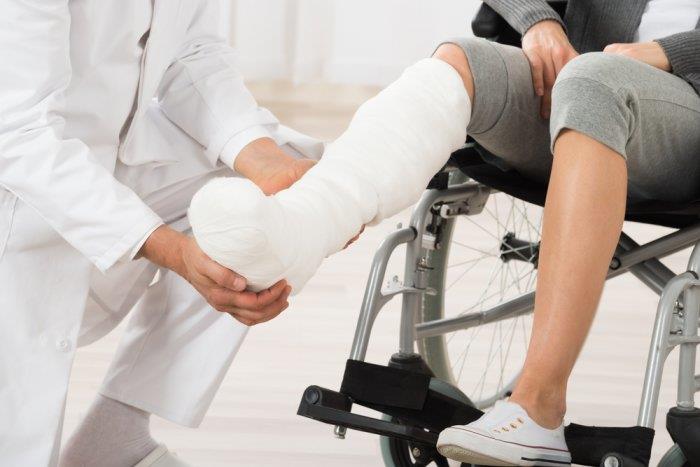
What after a spinal nail procedure?
After a spinal nail procedure, the patient needs special care and constant monitoring to ensure complete healing and avoid any complications. Recovery after the procedure usually takes a few weeks, depending on the extent of the procedure and the patient’s condition. Here is some advice that should be followed after a spinal nail procedure:
- The bone stabilized with the spinal nail should not be loaded initially, and care should be taken to move gently to preserve it.
- Eating foods rich in protein and fiber facilitates the healing process and provides the body with the necessary strength and energy.
- It is important to avoid any strenuous physical activities or sudden movements to prevent re-injury of the affected part.
- Prescribed pain medications and antibiotics should be adhered to as directed by the treating physician.
- Necessary examinations and tests should be conducted for close monitoring of the patient’s condition after the procedure.
- Care should be taken to follow up medically on a periodic basis after the surgery.
- The physiotherapist’s instructions should be followed during the rehabilitation program designed for the patient.
- Ice packs that relieve post-spinal nail procedure swelling should be used.
Also, pain after a spinal nail procedure can persist for a few days in general, and the patient may need medication to relieve pain. The patient should monitor symptoms that may appear after the procedure such as swelling, inflammation, and skin discoloration. It is important to contact the treating physician immediately if any complications occur.
Pain after spinal nail procedure
After the surgical procedure for a spinal nail, patients usually feel pain, the intensity of which varies according to the patient’s condition and nature of the procedure. The pain persists temporarily even after the fracture has completely healed and the nail removed. Therefore, patients must endure the pain for a few days immediately after surgery. Some prescribed painkillers can be taken by the treating physician, and care should be taken during this stage to avoid overloading the bones. Patients should follow instructions and health guidance regarding physiotherapy sessions to accelerate healing and improve the patient’s ability to walk and move.
Patients should also consult the treating physician if pain persists for a long period despite using analgesic medication to identify causes and necessary treatments. Some advise maintaining proper weight and eating foods rich in vitamins and minerals to improve bone health and accelerate fracture healing. Therefore, patients should properly care for the post-spinal nail procedure period and follow medical advice to avoid complications and accelerate recovery.
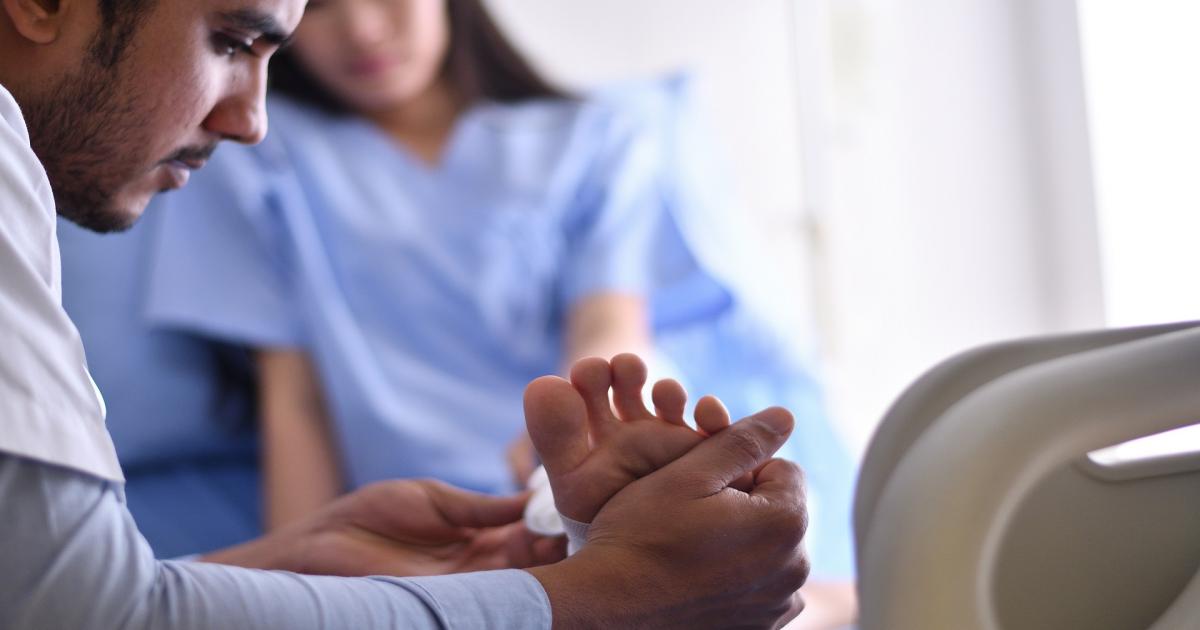
How long does a spinal nail procedure take?
Treating fractures in the thigh and leg requires the use of a spinal nail, which is a device inserted into the medullary canal of the fractured bone to treat the fracture. After the procedure, the patient must rest and avoid overworking the affected area with too much movement for 3 to 6 months at least. After the procedure, the patient needs long physiotherapy sessions to promote mobility and vitality in the fractured bone.
Dr. Amr Amal says there are differences between patients regarding recovery and endurance, and recovery may vary from person to person regarding the time required to heal. Care should be taken to avoid violent, strenuous athletic activities, and a physiotherapist should be consulted to begin the rehabilitation period through physiotherapy and athletic exercises.
What are the symptoms after a spinal nail procedure?
After a spinal nail procedure, some symptoms may appear that require good care and adequate rest. The most common symptoms after a spinal nail procedure include:
- Pain, swelling and redness in the surgical area, treated with analgesic and anti-inflammatory medications like paracetamol and ibuprofen.
- Numbness and weakness in the affected part and surrounding muscles. If this persists for 2-3 weeks, the patient should return to the treating physician for re-examination.
- Bleeding, a symptom resulting from the surgeon often needing to make an open incision to insert the spinal nail into the affected area, making the patient prone to bleeding.
- Fever, which is a sudden rise in body temperature, especially if this occurs abruptly after the procedure, requiring prompt return to the treating physician.
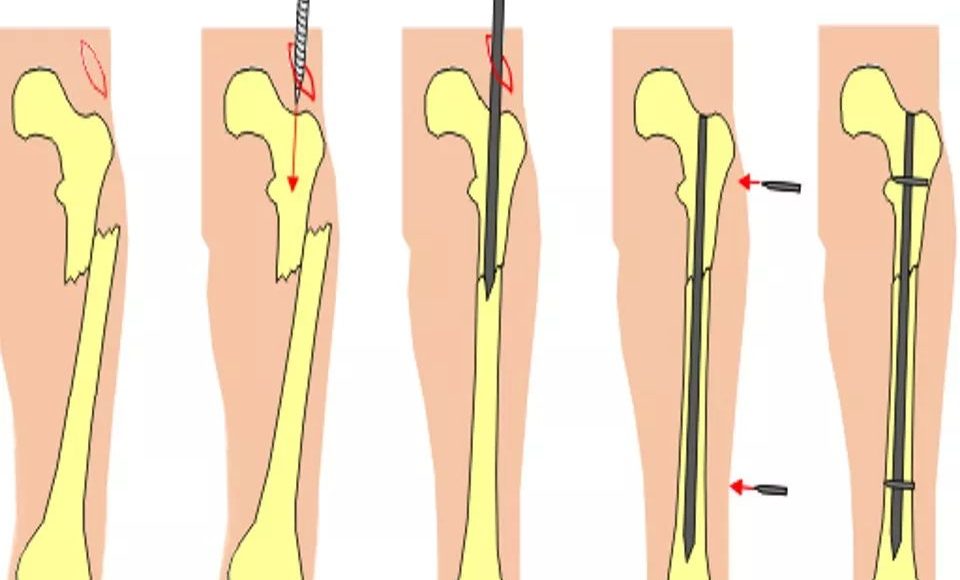
Defects of the spinal nail
The procedure of installing a spinal medullary nail is a known surgical procedure used to treat bone fractures in the body. The nail is inserted into the affected bone and fixed with special wires and screws attached to it. However, there are some drawbacks associated with this procedure that should be noted:
- Risk of infection: Inflammation may occur after the surgery, which may require another surgery to remove the nail.
- Difficulty walking: Pain may occur after the surgery leading to difficulty walking until the bone wound heals.
- Other complications: Such as damage to blood vessels, nerves or bleeding in the affected area.
Cost of spinal nail procedure
When discussing the cost of a spinal nail procedure, it should be remembered that this surgical procedure is an important and complex one that requires great expertise and tremendous effort from specialized surgeons. The right choice to perform a spinal nail procedure is extremely dependent on the medical condition of the patient. The costs associated with a spinal nail procedure range from 25,000 to 40,000 Egyptian pounds.
To get the best results after a spinal nail procedure, care should be taken to deal with specialized surgeons and identify the available options with varying prices. This will enable the patient to make an informed decision regarding the spinal nail procedure in accordance with their health and financial condition.
“Be assured you are in trustworthy and skilled hands with Dr. Amr Amal, expert specialist in spinal nail procedures.”
Walking after a spinal nail procedure
After a spinal nail installation procedure, several points should be considered before allowing walking. Typically, weight bearing on the affected part is avoided for 2-4 weeks, allowing the body to fully recover. After that, gradual loading on the affected part is permitted, with monitoring of improvement progress and adherence to the physician’s instructions.
It is also important to commit to special rehabilitation physiotherapy exercises, which help regain movement and strength in the affected part. Full loading of the affected part requires sufficient strength in the surrounding muscles and tissues.
Care should be taken to consult the physician before beginning full loading, to evaluate the person’s condition and ensure there is no risk in starting gradual loading. The physician’s instructions on permissible and prohibited activities should be followed to maintain the health of the affected part.
“Get ready to return to your favorite activities with confidence and comfort thanks to spinal nail installation procedures provided by Dr. Amr Amal. These procedures will help you regain strength and stability in fractured bones.”

Are spinal nails used in children?
Spinal nails are commonly used in surgical fracture fixation procedures by doctors, and they can also be used to treat children. However, these procedures must be handled carefully with children, depending on their age and health condition. In general, spinal nails can be used in children suffering from severe fractures that require surgery. But the decision to use a spinal nail should be made after carefully studying each case by the surgeon, properly evaluating the risks and benefits.
When is the spinal nail removed?
Typically, the spinal nail is relied upon for patients with bone fractures who need surgery. The spinal nail is usually only removed if it is causing health problems for the patient, or if there is damage to the bone that could affect where the nail is fixed. Although removing the spinal nail is a surgical procedure, it is not considered a difficult one.
The spinal nail removal procedure is usually simple, performed under anesthesia by opening the incision through which the nail was inserted, then carefully removing the nail and closing afterwards. The necessary examinations should be conducted to ensure the patient’s safety before proceeding with spinal nail removal. For more details about the spinal nail procedure and its removal, we recommend reading this article.
What are the harms of the spinal nail?
The spinal medullary nail procedure is known for its effectiveness in stabilizing bone fractures, but this procedure can cause some complications and harms to watch out for. The most prominent of these complications is inflammation in the affected joint. If inflammation is not treated as soon as possible, it can develop into a serious injury or even loss of the affected limb. Therefore, a doctor should be consulted immediately if any pain or discomfort is felt with the surgical condition.
Nerves and veins near the affected area can also be damaged after a spinal nail procedure. Acute bone complications can also occur, but this is rare and happens in exceptional cases. Your doctor will properly prepare you before and after surgery to avoid possible risks.

Can the spinal nail treat all types of fractures?
No, the spinal nail has its own capabilities and uses and cannot treat all types of fractures. It is usually used to treat fractures located in bones with a rigid internal structure such as the long bones in the arms and legs. It is often used in bones that have suffered open or easily re-fractured fractures.
Additionally, the spinal nail is provided in cases of worrying fractures that need internal fixation to achieve better recovery and healing. The spinal nail cannot be used for all fracture types, and other techniques like casts or other surgery may be used in some cases. The choice of treatment depends on the fracture type, location, and patient condition. People with fractures should consult a doctor to assess the appropriate treatment for their specific case.

